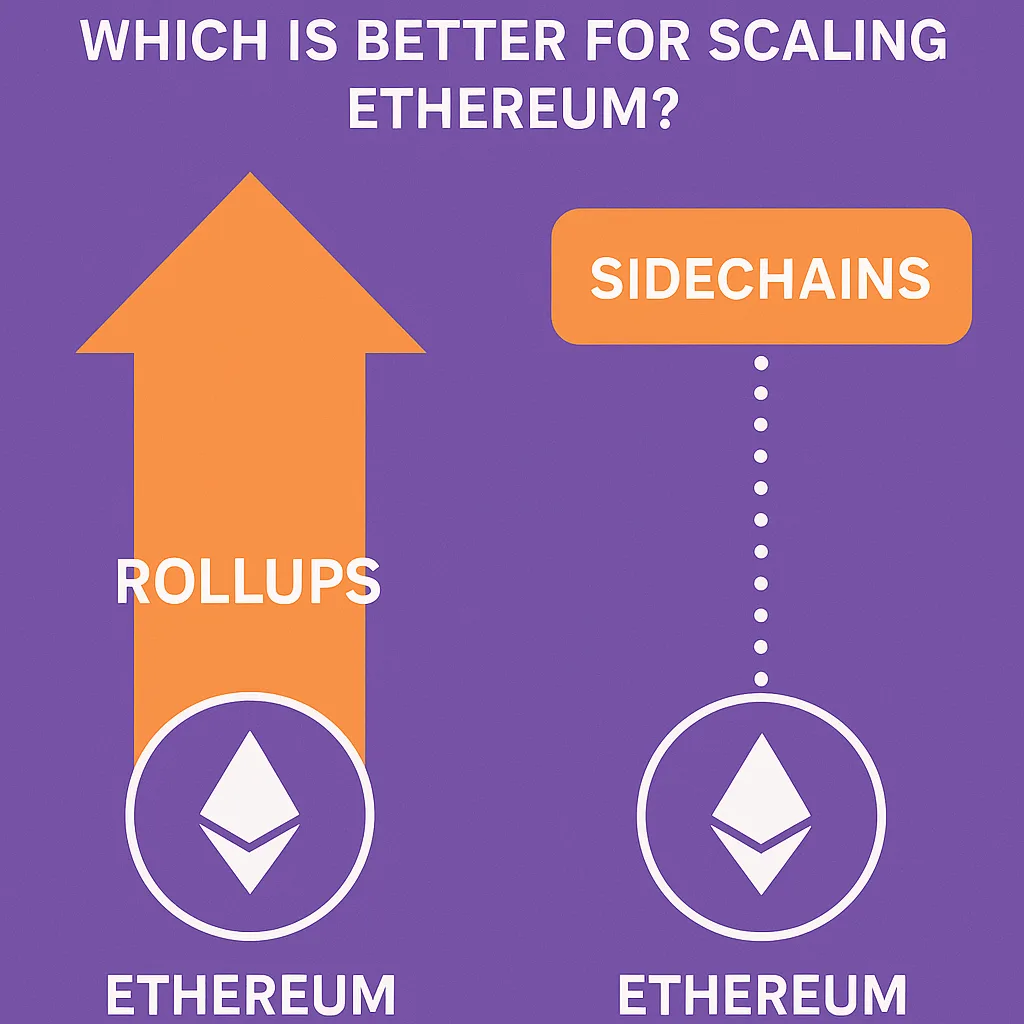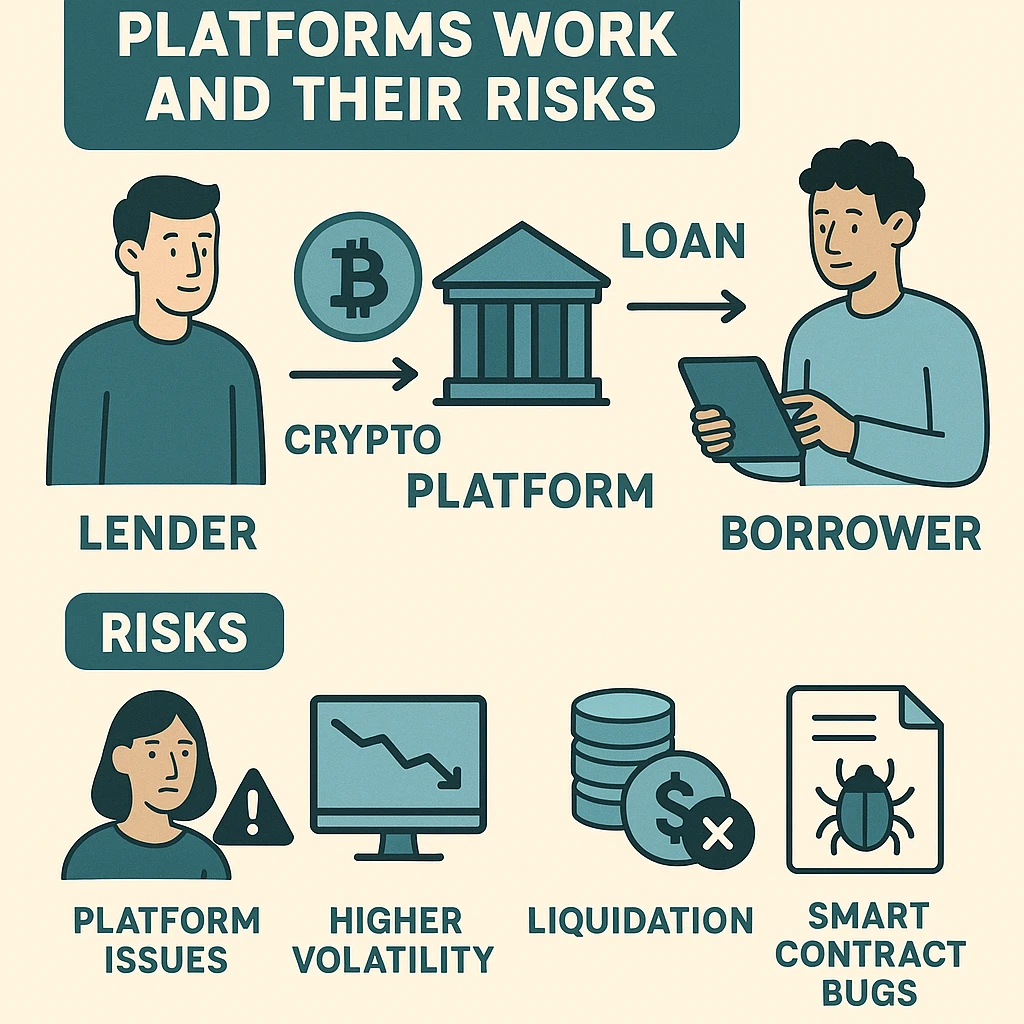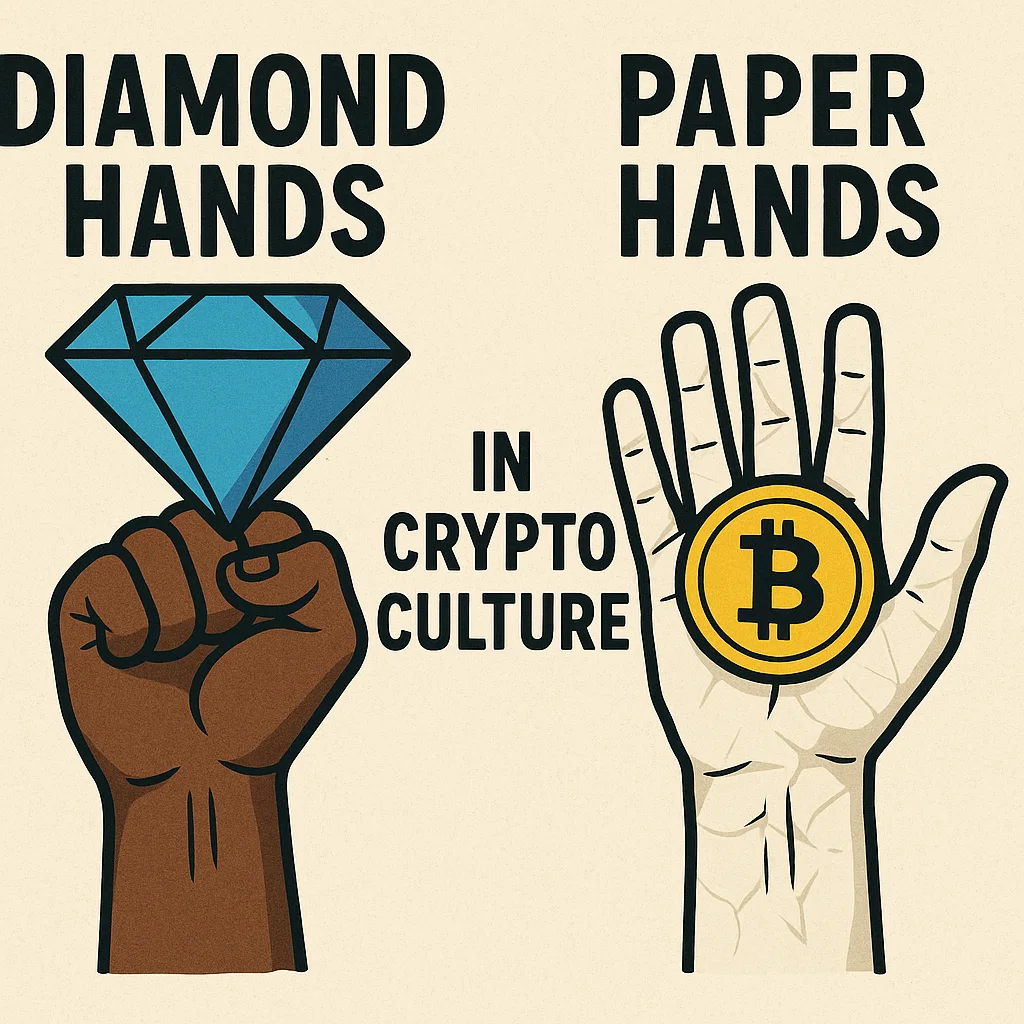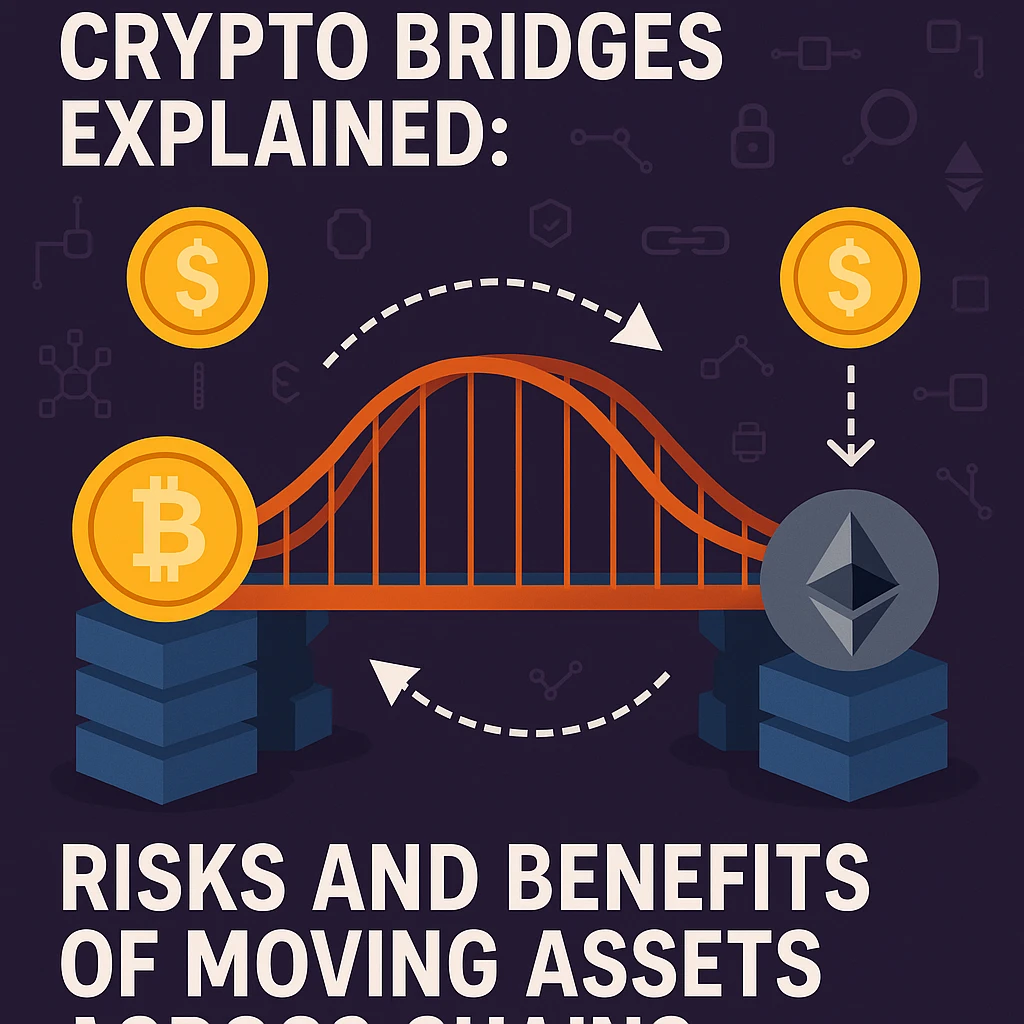DeFi, NFTs, DAOs, and smart contract innovation are now built on top of Ethereum, the second-largest blockchain by market capitalization. But its rapid expansion has also brought to light serious drawbacks, most notably in terms of scalability. During busy periods, the Ethereum mainnet is infamously crowded, which causes sluggish transactions and expensive gas costs. Developers have suggested and put into practice a number of scaling solutions to address these problems. Sidechains and rollups are two of the most common.
Although sidechains and rollups both use off-chain transaction processing to reduce congestion on the Ethereum mainnet, their design, security, decentralization, and trust models are very different. This blog will examine both technologies in detail in order to assess their advantages, disadvantages, and suitability for Ethereum scaling.
Why Ethereum Needs Scaling Solutions
Prior to contrasting sidechains and rollups, it's critical to comprehend the initial need for scaling solutions.
Ethereum's base layer handles 15–30 transactions per second (TPS). That is insufficient for large-scale applications, but it might work for simple smart contracts. Gas prices can increase from a few cents to more than $100 per transaction due to popular NFT drops or DeFi trading surges. Adoption stalls and the user experience deteriorates.
The solution? Layer 2 and sidechain technologies, which aim to increase throughput while reducing costs. But how they achieve this differs significantly.
What Are Sidechains?
Sidechains are separate but compatible blockchains that operate in parallel to Ethereum. They use a bridge to connect to the Ethereum mainnet on a regular basis after processing transactions on their own network.
Key Features of Sidechains:
-
Independent consensus: They have their own sets of miners or validators.
-
Customizable parameters: Compared to Ethereum, block sizes, gas costs, and block times can be optimized differently.
-
Bridging assets: Bridges allow tokens to be transferred between Ethereum and sidechains.
Examples of Sidechains:
-
Polygon PoS (formerly Matic): One of the most widely used Ethereum sidechains.
-
xDai: Optimized for fast and inexpensive transactions.
-
Skale and Ronin: Focused on gaming and DeFi, respectively.
Advantages of Sidechains:
-
High throughput: Capable of thousands of TPS.
-
Low fees: Because they're less congested.
-
Flexibility: Developers can customize the rules and parameters.
Drawbacks of Sidechains:
-
Weaker security: They don't inherit Ethereum's mainnet security.
-
Trust assumptions: Users must trust the bridge operators or validators.
-
Possible centralization: Some sidechains rely on federated or semi-centralized validator models.
What Are Rollups?
In order to submit a batch of hundreds of transactions to Ethereum, rollups, which are Layer 2 scaling solutions, combine or "roll up" the transactions. Rollups can inherit Ethereum's security guarantees because, in contrast to sidechains, they post data or proofs back to Ethereum.
Two Main Types of Rollups:
-
Optimistic Rollups:
-
Assume transactions are valid by default.
-
Fraud proofs are used to challenge invalid transactions within a dispute period.
-
Examples: Optimism, Arbitrum.
-
-
ZK-Rollups (Zero-Knowledge Rollups):
-
Use cryptographic proofs (zk-SNARKs or zk-STARKs) to verify transaction correctness.
-
Proofs are posted to Ethereum, which validates them quickly and efficiently.
-
Examples: zkSync, StarkNet, Loopring.
-
Advantages of Rollups:
-
Security: They inherit Ethereum’s security model.
-
Trustless operation: No need to rely on external validator sets.
-
Data availability: Transaction data is stored on-chain (or posted to Ethereum), making them more transparent.
Disadvantages of Rollups:
-
Complexity: More technically difficult to build and maintain.
-
Latency (for Optimistic Rollups): Can take 7 days for withdrawals due to the fraud-proof window.
-
Costly proofs (for ZK-Rollups): Generating cryptographic proofs is computationally intensive.
Comparing Rollups vs. Sidechains
Let’s break down how these two solutions compare across several critical dimensions:
1. Security
-
Rollups: Post data/proofs on Ethereum, inheriting Ethereum’s base-layer security.
-
Sidechains: depend on their own validators and security models. susceptible to compromise of those systems.
Winner: Rollups
2. Scalability
-
Rollups: Scale better than Ethereum L1 but still depend on Ethereum for data availability.
-
Sidechains: Can scale almost infinitely depending on the chain design.
Winner: Sidechains, if security tradeoffs are acceptable.
3. Transaction Costs
-
Rollups: Cheaper than L1 Ethereum but still involve costs related to posting data/proofs on Ethereum.
-
Sidechains: Generally much cheaper due to less congestion and customizable fee structures.
Winner: Sidechains, though rollup fees are dropping.
4. Decentralization
-
Rollups: Tend to be more decentralized, especially if sequencers and provers are open.
-
Sidechains: Often have centralized or semi-centralized validators.
Winner: Rollups
5. Interoperability
-
Rollups: Closely integrated with Ethereum but may require specific bridges to move tokens.
-
Sidechains: Tend to have native bridges, but security risks arise.
Winner: Draw, depending on use case.
6. Developer Support
-
Rollups: Emerging tooling, growing ecosystem.
-
Sidechains: Mature environments with extensive SDKs and support.
Winner: Sidechains, for now.
Use Cases for Rollups
Rollups are best suited for:
-
DeFi applications where trustlessness is critical.
-
High-value transfers where security cannot be compromised.
-
NFT marketplaces looking to reduce gas fees without sacrificing decentralization.
-
On-chain gaming, especially ZK-rollups for speed and data compression.
Real-World Examples:
-
Arbitrum is powering large DeFi protocols like GMX and Uniswap.
-
zkSync Era permits gasless transactions and smart contract wallets by supporting native account abstraction.
-
StarkNet brings ZK-proof technology to programmable smart contracts.
Use Cases for Sidechains
Sidechains are ideal for:
-
Gaming and metaverse projects where fast interactions are crucial.
-
Microtransactions where low cost is a priority over decentralization.
-
Custom enterprise blockchains with specific performance or regulatory needs.
Real-World Examples:
-
Polygon PoS hosts major Web3 games and NFT projects like Aavegotchi and The Sandbox.
-
Ronin, a sidechain for Axie Infinity, enables millions of transactions at low cost.
The Ethereum Roadmap and Layer 2
The ongoing development of Layer 2 technologies, such as rollups, particularly ZK-rollups, is part of Ethereum's roadmap. The ultimate goal is for rollups to handle computation and transaction processing, with Ethereum acting as a secure data availability layer.
ZK-rollups, according to Ethereum co-founder Vitalik Buterin, are the way of the future for Ethereum scaling. Heavy investment in rollup infrastructure and proving systems is being driven by this preference.
Hybrid Approaches and Composability
Some ecosystems are exploring hybrid models:
-
Polygon 2.0 is evolving from a sidechain to a network of ZK-powered Layer 2 chains.
-
Linea (by Consensys) is an Ethereum-compatible ZK-rollup designed to offer rollup-level security to the sidechain user experience.
-
Base (by Coinbase) is an Optimistic Rollup that aims to bridge mainstream adoption with Ethereum’s decentralization.
Additionally, cross-chain composability—the ability of dApps to function flawlessly across several rollups or sidechains—is becoming more popular. The goal of protocols like LayerZero, Axelar, and Chainlink CCIP is to make communication over these networks safe and trustless.
Which One Is Better?
The Verdict: It Depends on Your Priorities
-
Choose Rollups if:
-
You prioritize security and decentralization.
-
Financial instruments, significant asset transfers, or on-chain governance are all part of your application.
-
You're building for the long term, expecting Ethereum's roadmap to favor rollups.
-
-
Choose Sidechains if:
-
You prioritize speed and ultra-low fees.
-
Your project is a game, social dApp, or enterprise solution.
-
You're experimenting with custom blockchain logic.
-
Short-term benefits of sidechains include cost savings, speed, and ease of use. However, because of their superior security and native alignment with Ethereum's scaling vision, rollups are probably going to dominate in the long run.
Conclusion
The race for scale Ethereum has created a remarkably diverse ecosystem. When it comes to onboarding the upcoming generation of users, rollups and sidechains are both essential. Rollups will get even more cheap and efficient as Ethereum moves through its roadmap, which includes Danksharding and Proto-Danksharding.
In the end, the perfect Ethereum ecosystem will be modular and multi-layered, with sidechains facilitating innovative, high-performance applications and rollups managing security-critical duties.
Regardless of whether you go with sidechains or rollups, Ethereum is no longer a one-size-fits-all platform. It's a robust, modular blockchain network. And that's just the beginning.




Leave a Reply